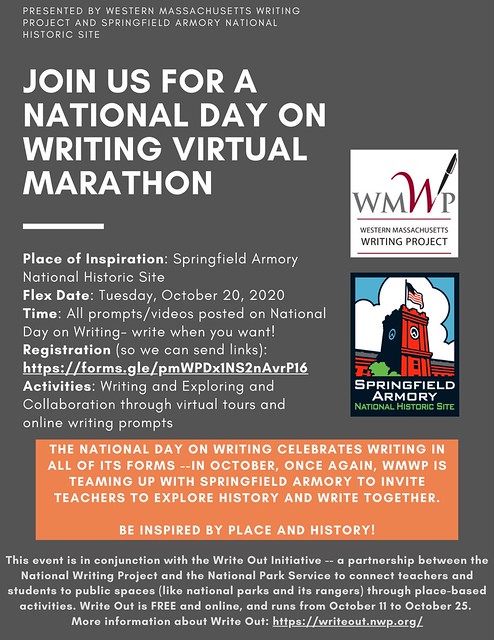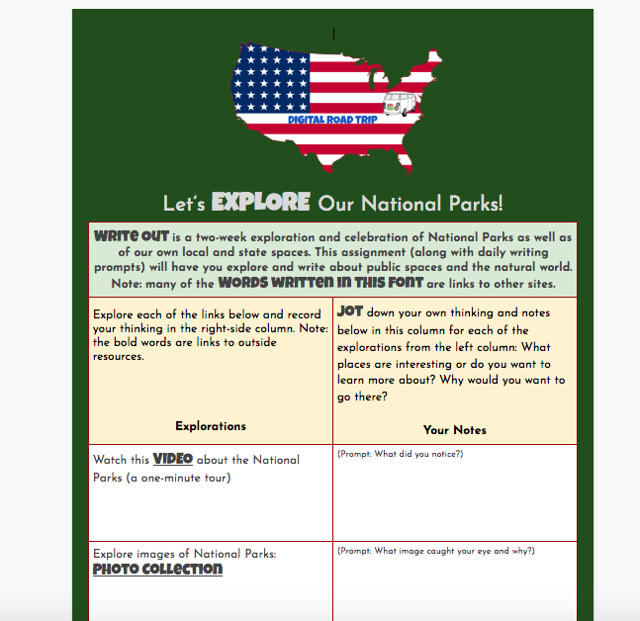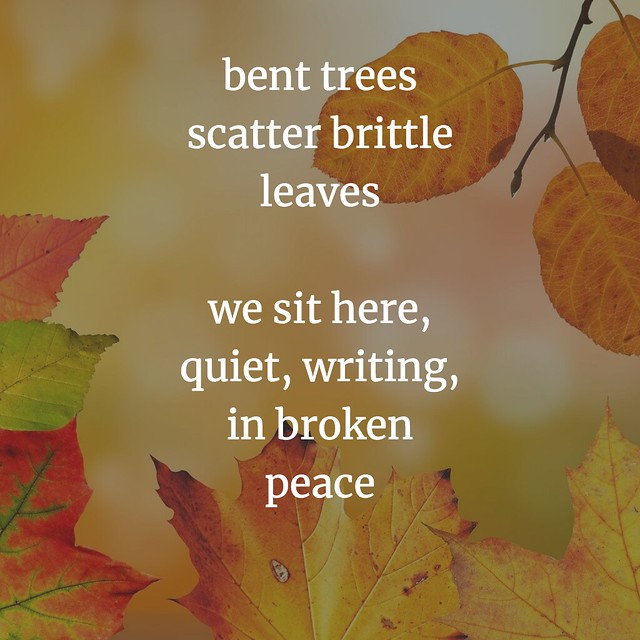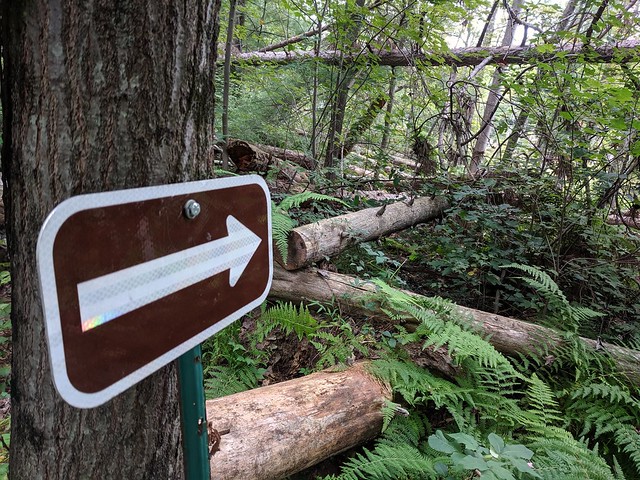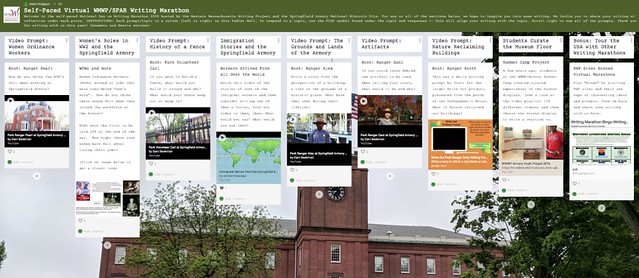 We’re excited to be hosting a Writing Marathon for the National Day on Writing and for WriteOut with the Western Massachusetts Writing Project and the Springfield Armory National Historic Site. Last year, we gathered and wrote inside the Armory museum itself; this year, we’re using a Padlet digital wall to offer a series of self-guided writing prompts, with videos from SPAR park rangers, historical documents and more.
We’re excited to be hosting a Writing Marathon for the National Day on Writing and for WriteOut with the Western Massachusetts Writing Project and the Springfield Armory National Historic Site. Last year, we gathered and wrote inside the Armory museum itself; this year, we’re using a Padlet digital wall to offer a series of self-guided writing prompts, with videos from SPAR park rangers, historical documents and more.
If you are interested, you can still register at any time, and we will get you into the mix. This is all self-paced and choose-your-own-writing prompts. Be inspired to write!
Here are some of the prompts we have posted at our site:
-
Ranger Pearl and teacher Harriet Kulig ask you to explore the role of women at the Armory and in the workforce during wartimes. Many women in the Pioneer Valley were recruited as WOWs (Women Ordinance Workers).
-
Park Volunteer Carl gives insight into the recognizable fence around the Armory, and it has an interesting historical story. Consider the role of fences — who do they keep out and what do they keep in?
-
Workers at the Armory came from many different countries, as the war efforts sparked an influx of immigration of workers to the Pioneer Valley. Listen to the historical stories of some of the Armory workers, and get inspired to write them a letter, from the present to the past.
-
Ranger Alex gives an insight into the grounds and landscape and buildings of the Armory site, and asks us to imagine the site from the viewpoint of trees, structures and more.
-
Ranger Dani explains how museums like the Armory cherish and protect historical objects, as a way to remember and share stories of the past, through thoughtful curation. What artifact might you leave behind? What object would help tell the story of us, today?
-
A few summers ago, Springfield middle school students at our WMWP/SPAR summer camp curated videos about the museum floor for the public. Take a look at the YouTube Playlist of their work and respond in writing to either the students or to the museum displays.
-
Ranger Scott gives us a historical look at the Commandant’s House, a celebrated building where the leaders of the Armory often met to plan and party. Scott asks us to consider what happens when Nature takes over buildings, as part of a prompt he did for students in Write Out this year.
-
And more …
You can also access more ideas:
- Write Out: https://writeout.nwp.org/
- Park Ranger-led Writing Prompts: https://writeout.nwp.
org/ranger-prompts/ - Storytelling Videos: https://writeout.nwp.
org/storytelling/
Peace (in words, gathered),
Kevin
